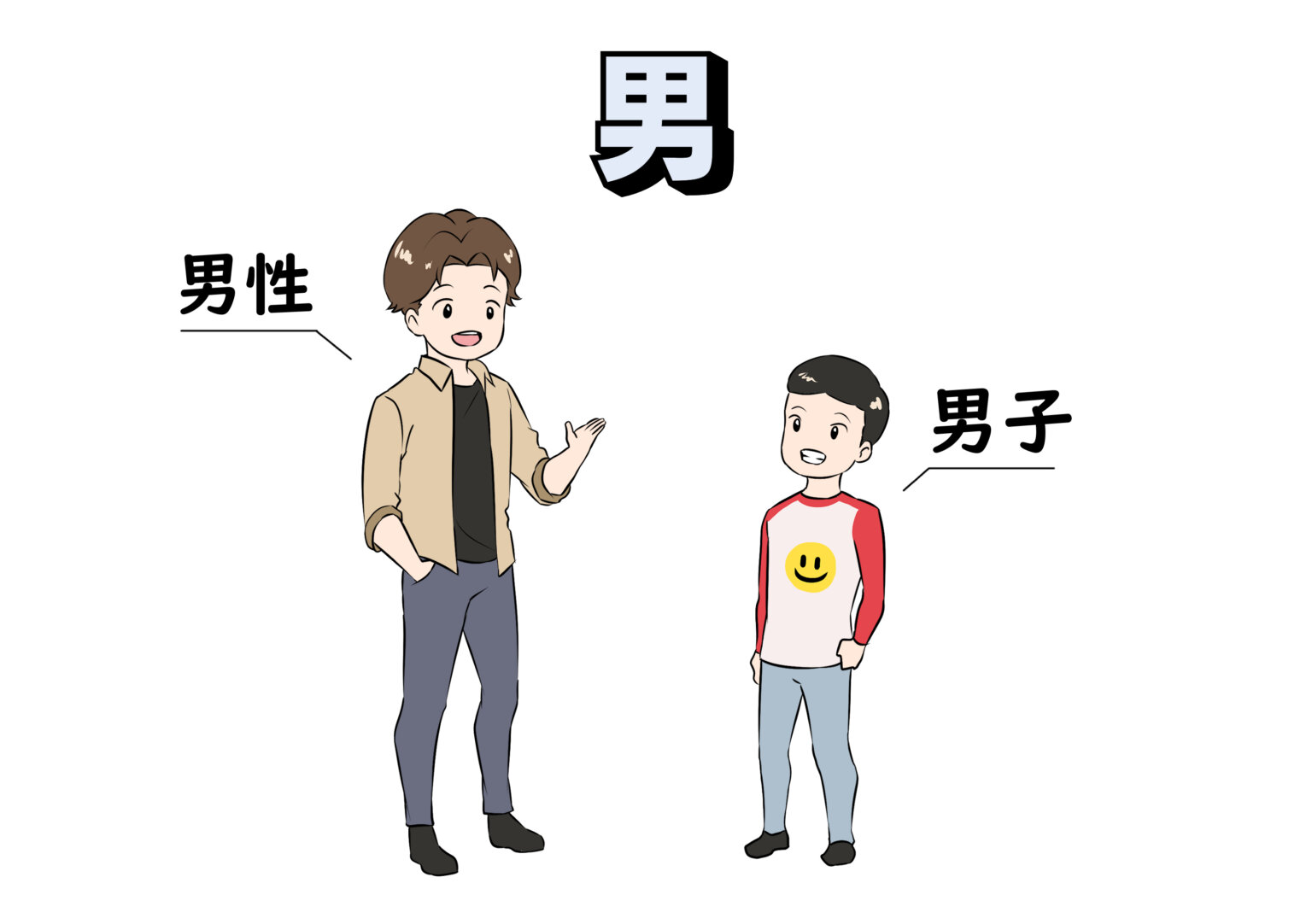

Who is the person there wearing cool sunglasses?Īs for myself, I use this slang a lot in various situations. ☻ Cool Things (objects) あの かっこいいサングラスをかけているのは誰ですか?Īno kakkoii sangurasu o kakete iru no wa daredesu ka ☻ Cool / Attractive behavior, voice, spirit or attitude お父さんの働いてる姿は かっこいい。 Let’s take a look below! ☻ Handsome / Cool / Good-looking appearance or style of someone (human) or animals その俳優は かっこいい。 I classify those that can be described as “kakkoii” into 4 groups. Regardless of human, animal, or things, female or male, this phrase can be used to describe a wide range of nouns. The sentences provided above are all in present basic tense, try to change the sentence to past tense or with the negative form!įrom this structure, we can also find that “kakkoii” is a colloquial form that comes from 格好がいい “kakkou ga ii”. With this sentence structure, we can make sentences like below to say something is good. Why do we need to know about the conjugation of “いい”? That’s because when we are making a sentence we might want to tell others that something “was” good or something “was not” good. But when this word turns into the past tense or negative form, we can only use “yoi”. From the table below, We can see that both “ii” and “yoi” belong to the basic (dictionary) form.

When “ii” is attached with other words, there are two ways. This is a quite interesting word that can be used both individually or attach with other words. This is an adjective that generally means “good” in English. The definition of this word is “appearance, the figure, or shape”. This part is derived from a noun 格好 (かっこう, kakkou). Let’s break this adjective into two parts, “kakko” and “ii”, to see how this phrase is formed! ❶ かっこ “kakko” Check also the page for “ Pronunciation of ittekimasu” in What’s the meaning of “Ittekimasu”(行ってきます)? Go to this page for another pronunciation example for “っ”! The Etymology In this case, かっこ is made with three syllables and we need to stop for one syllable between か and こ. Take かっこ (kakko) for example, we can consider each character to be one syllable.

When we have “small tsu” between the words, we should make a pause. “っ” is derived from “つ (tsu)”, but we don’t have a sound for “っ”. Please be careful with the way to pronounce “っ”, which is also known as “small tsu” or “silent tsu”, between か and こ. Young people make variations on the end of adjectives or make new words.īefore diving into the definition “kakkoii”, let’s check the pronunciation first! This is so-called the 若者言葉 (waka mono kotoba), literally young people’s word. “Kakkoi” can be used as an adjective to describe someone or something as handsome, cool, or good-looking.īesides, “kakkoi” can be used as individual slang to express one’s feelings as well! 『かっこいい!!』Īlso, you can hear young guys, sometimes some adults, use the term カッケー “Kakke-“. The katakana form often appears in contexts such as posters, magazines, comics, or social media like Instagram. While the hiragana form かっこいい is the most frequently used one, we can find “kakkoi” written in another two forms, katakana, and kanji, as shown above.


 0 kommentar(er)
0 kommentar(er)
